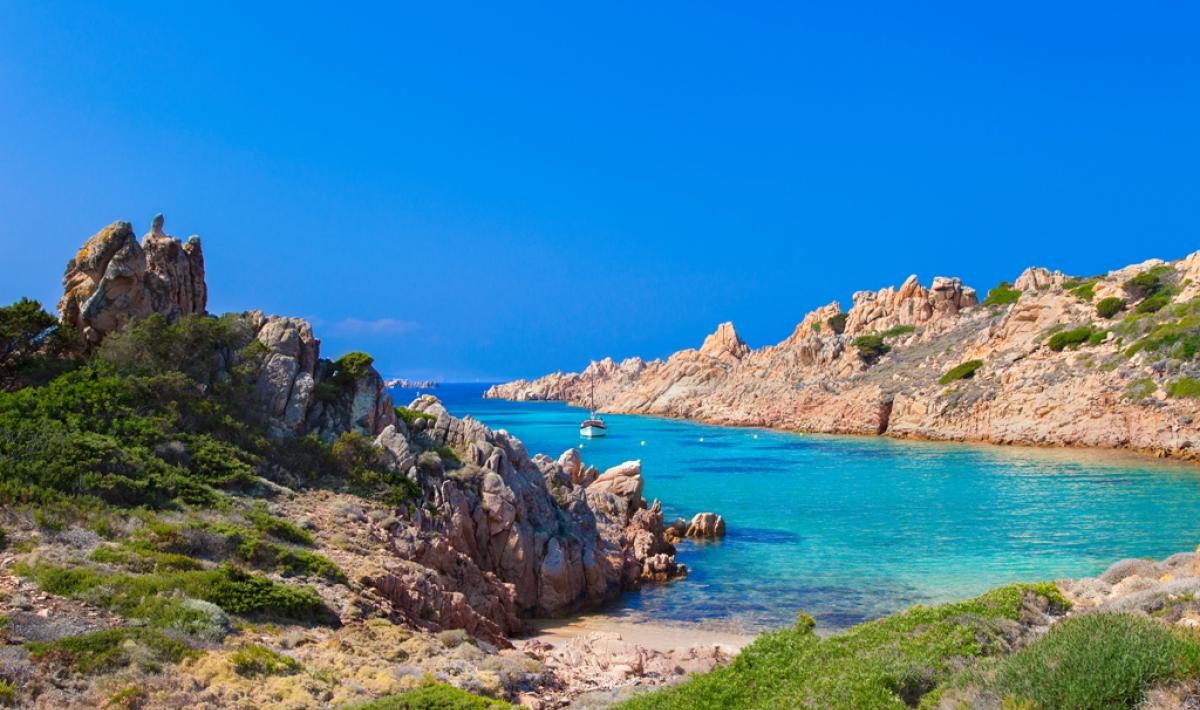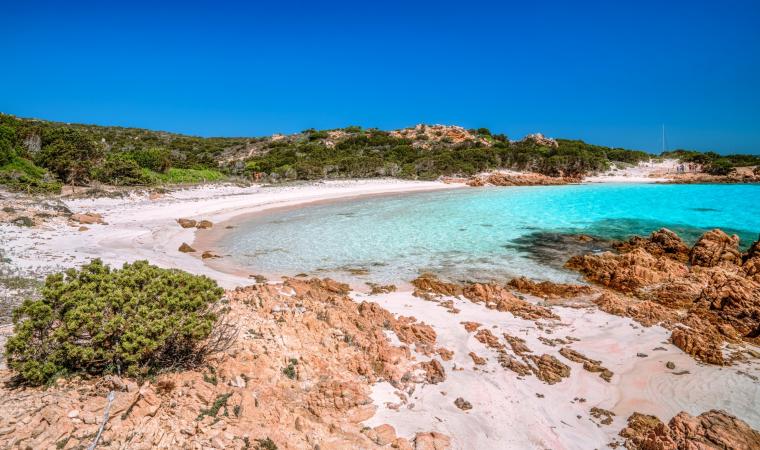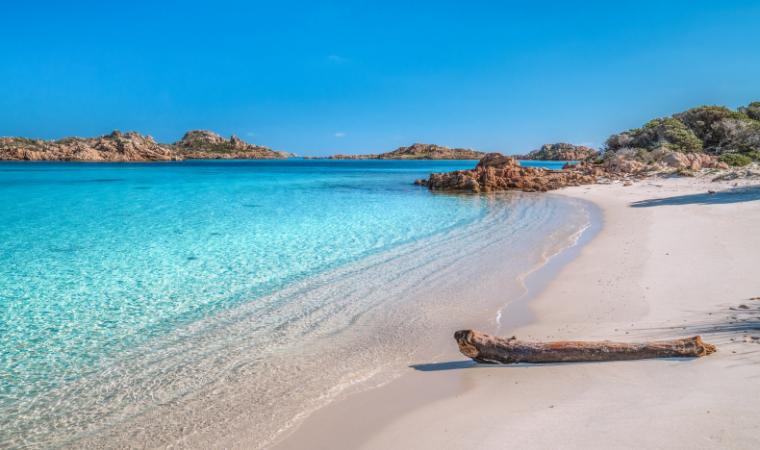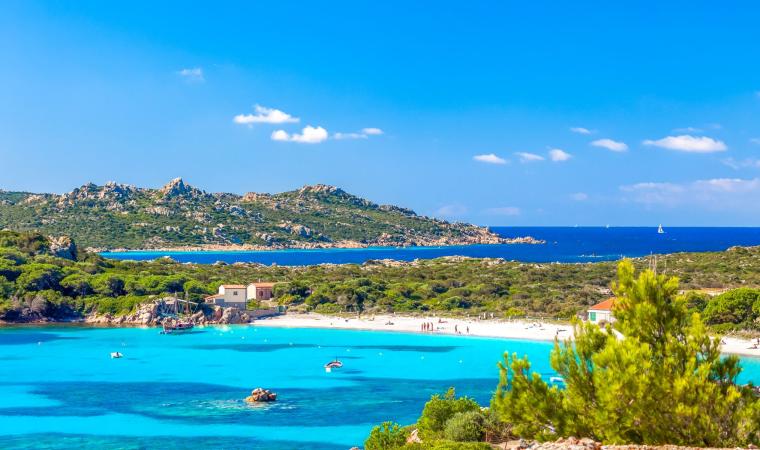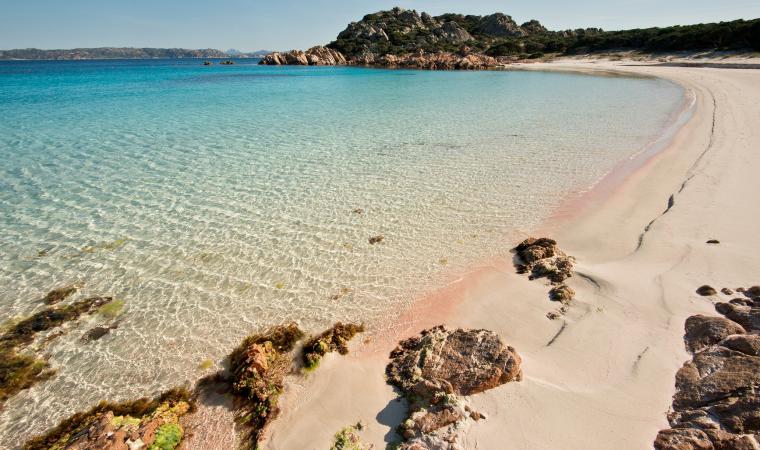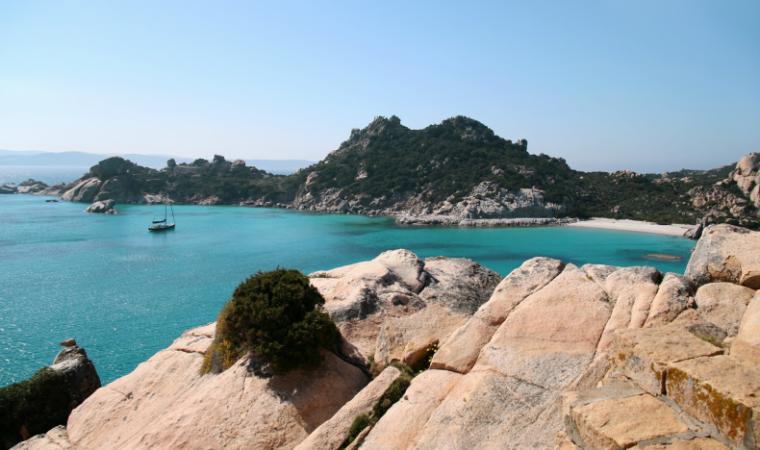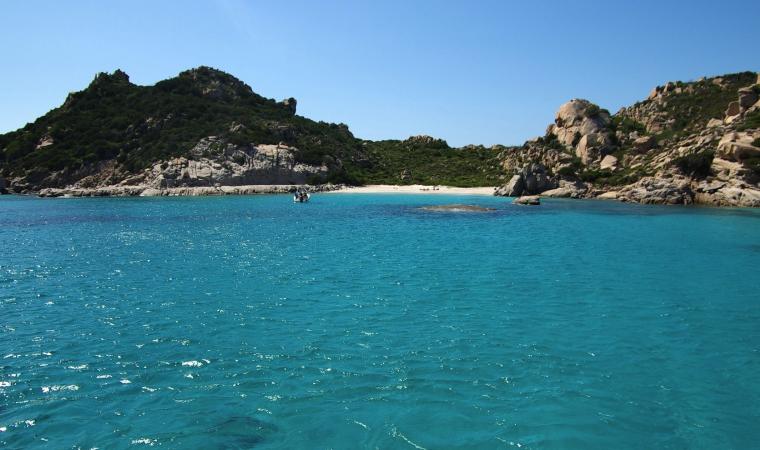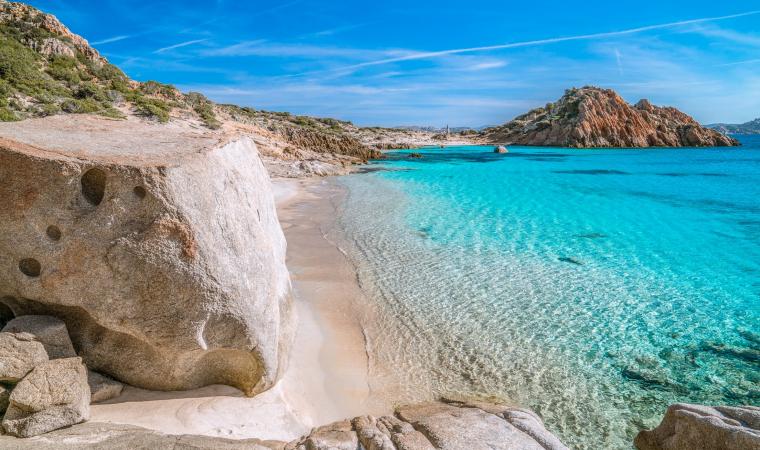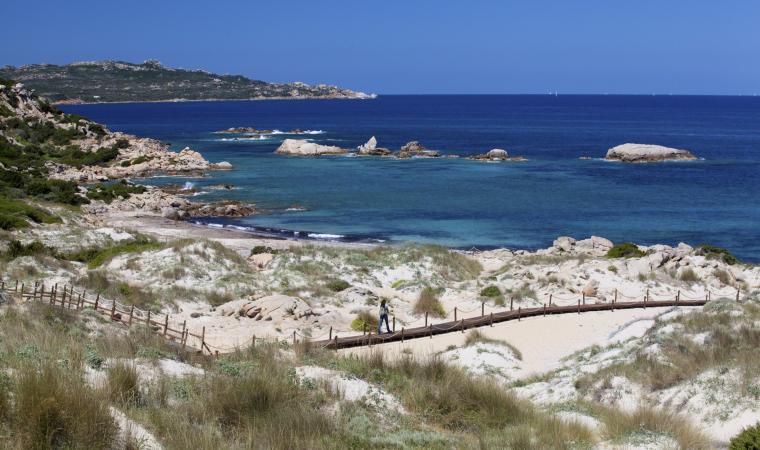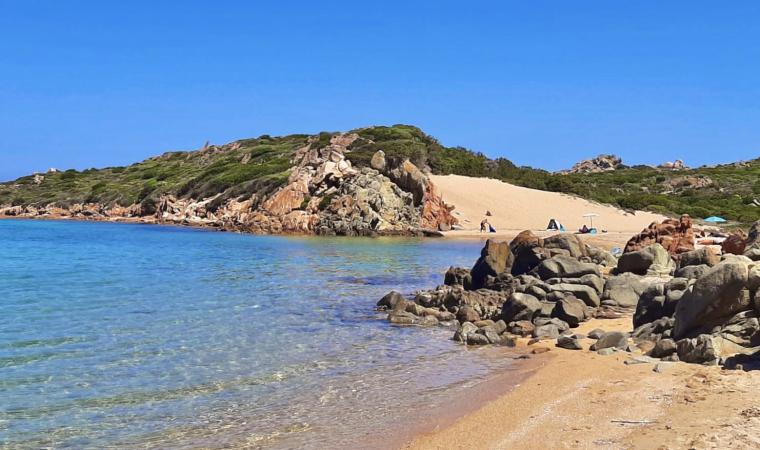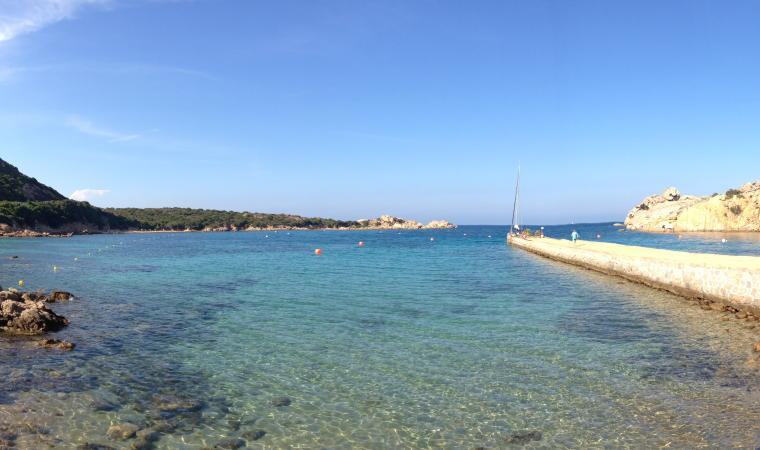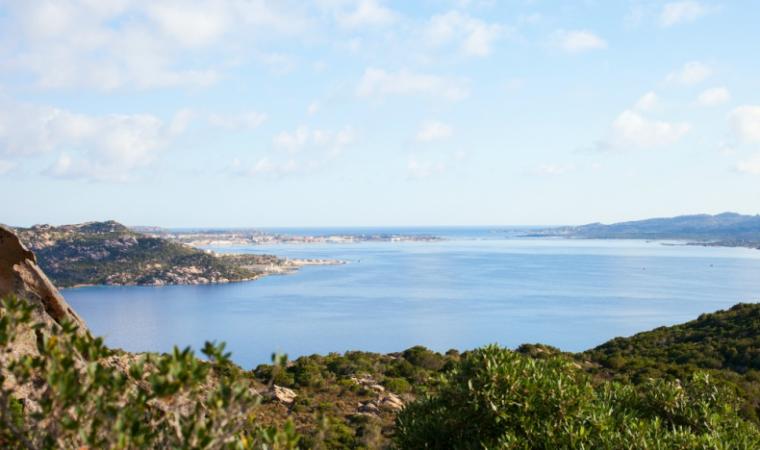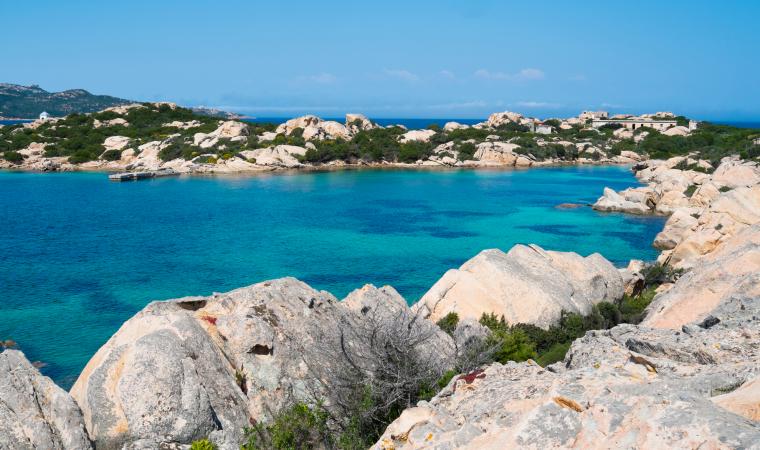This is the penultimate bulwark of Sardinia on the border with Corsica - further north is only the "twin" island of Santa Maria. The high cliffs of Razzoli dominate from the north the park of the Maddalena archipelago, of which it is the fifth largest island with an area of one and a half square kilometres and a coastline of over twelve kilometres. The larger islands are La Maddalena, from which you will leave to go to Razzoli and the other islands, Caprera, Garibaldi’s "garden", connected to its "older sister" by the Moneta Pass, Spargi and Santo Stefano. Razzoli is the largest of the northern "trio", also composed of Budelli - with its legendary pink beach (Spiaggia Rosa) - and Santa Maria, a few meters away and connected by the Asinelli Pass.
The unmistakable characteristics of Razzoli are the jagged coastline and a mountainous conformation; the highest peak is Monte Cappello, 65 meters high, while what is most fascinating is its history that preserves mysteries that have become increasingly intriguing and evocative over the centuries. The pristine vegetation and marine fauna are the main attraction - not surprisingly, among the 60 islands and islets of the archipelago, it is the one with the wildest appearance. It forms a natural embankment with its high granite cliffs, clashing against the elements of an often rough sea at the northern end of Sardinia. The rocks shaped by sea and wind are authentic natural sculptures. Some sheltered coves are real 'gems': Cala Cappello, Cala Noce, and Cala Lunga, accessible only by sea and composed of pebbles and fine sand, and other small sandy coves like Cala Bove Marino: here in the past, not far from the shoreline, you could see the 'shy' monk seal, last sighted off the cove in 1997. The shades of the sea vary between blue and deep blue, with a seabed rich in marine fauna and flora, perfect for snorkelers.
Inland, among granite rocks and Mediterranean scrub, especially helichrysum and junipers, ancient mule tracks allow you to enter the heart of the island, inhabited mainly by sea birds, until you reach the lighthouse, built in 1974 next to the previous building dating back to 1843. You can visit the imposing structure that rises above the sea and whose great light reaches up to 13 miles from the coast. The building is connected to the beach of Cala Lunga by a mule track characterized by a rail track used by the families who inhabited the island to transport fuel and food supplies. Just before the lighthouse, guarding the tormented Bocche di Bonifacio, you will see a tomb with ancient legends. The story has it that a young woman, the daughter of a lighthouse keeper, was buried here after dying in childbirth, and that on some nights her harrowing lamentations can still be heard. According to others, the tomb preserves the bodies of two French sailors who were shipwrecked in 1855.

